Our solar system is not nearly as old as the universe at large, but it’s still quite a mystery to us. How did we come to be? What made this solar system the only one we know of capable of supporting life? (That we know of.) There are billions of years of history to pick through, and we’re only just beginning to understand the smallest part of it.
10. 99.8% of Its Mass is Our Sun
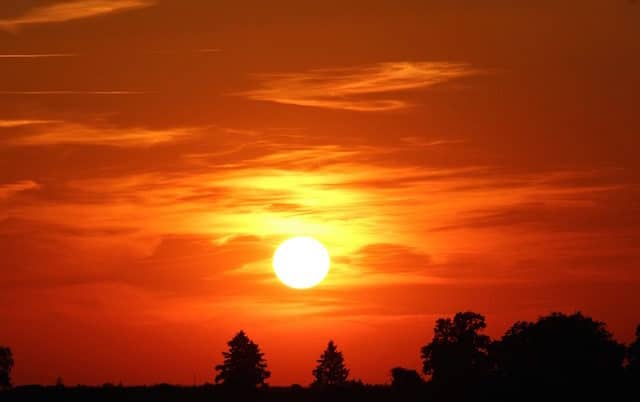
The Earth seems pretty big to those of us who live on it. Then we look at something like Saturn or Jupiter and gain a bit of perspective. Then you can look at the sun and get more. Jupiter is about 11 times the diameter of Earth. But the sun is 10 times the diameter of Jupiter. That’s one big fireball.
The total mass of our solar system is so large it wouldn’t even make sense to try to lay the numbers out. They’re on a scale that defies belief. That said, you can still make comparisons.
For instance, 90% of all the planetary mass in our solar system exists between Jupiter and Saturn. But a staggering 99.8% of all the mass in the solar system is the sun itself. That works out to about 4.18 nonillion pounds. One nonillion is a one followed by 30 zeroes. So, in simple terms, the sun weighs a preposterously large amount.
A fun twist to the weight of the sun is that this number is an approximation because it is impossible to weigh the sun. Other than the obvious reasons why it’s impossible, you need local gravity to weigh something. If you’ve ever heard that you’d weigh less on the moon, this is why. The gravitational force of the planet you’re on affects the weight of an object on that planet. The sun provides its own local gravity greater than the rest of the solar system so there is nothing you could ever put it on to get a reasonable weight measurement.
9. There are 5 Dwarf Planets
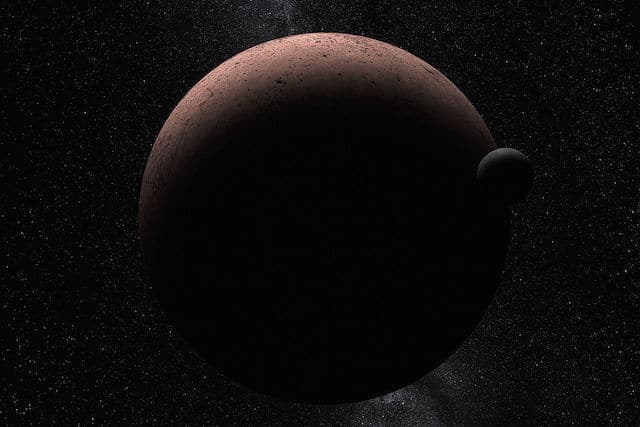
Everyone knows the planets revolve around the sun and the planets themselves have moons that orbit them. These are not the only celestial bodies in our solar system, however. We have five dwarf planets as well. These are all smaller than what we conventionally accept as planets, and no longer meet certain criteria to be classified as a full planet.
Pluto is the most famous of the dwarf planets, once considered a full planet itself until the rules changed and it no longer qualified. But it wasn’t alone out there.
Ceres, once thought to be an asteroid, was classified as a dwarf planet in 2006. It’s 2.8 times the Earth’s distance from the sun, making it the closest dwarf planet to us.
They discovered Makemake in 2005 and it takes 305 Earth years to make one full revolution around the sun. There’s also Haumea which has arguably the shortest day in the solar system, doing a full rotation on its axis in just 3.9 hours.
Eris is the final, and biggest, of the dwarf planets. It’s just slightly larger than Pluto and 68 times the Earth’s distance from the sun.
8. It’s Impossible to Draw to Scale
Just how big is the universe? The concept of the universe as infinite has existed for some time, and it may very well be true. It’s also hard to truly understand how this can be. How could something simply not end? Our brains can conceptualize it in a limited way, but the concept is actually a bit of a brain buster.
Luckily, the solar system we live in is much smaller. We’ve all seen those science class models with the sun in the center and the rest of the planets on little wires around it. It fits on a desk and is very easy to understand. That’s because it’s not to scale.
It would actually be all but impossible to make a scale model of our solar system. And, unlike trying to understand the size of the universe, it’s not because we don’t know how big it is, it’s because we know precisely how big it is. It’s too damn big.
People have built scale models of our solar system, including one out in the Nevada desert. On the model, a small, glass marble represented the Earth. The whole solar system requires seven miles of space to produce. And that’s why you’ve never seen a scale picture. It’s impossible to represent visually without making the planets microscopic.
There are digital models you can check out online, but they also make clever use of a lot of empty space to give you the idea of just how big the solar system truly is. It’s almost 34 million miles just to get to Mars. The fastest we could get there is about 39 days. From here to Jupiter would take 13 months. To reach Neptune, the furthest planet out, it took the Voyager probe 12 years. It reached the edge of the heliosphere, and arguably the edge of our solar system, after 41 years.
7. It Took Less Than 200,000 Years to Form
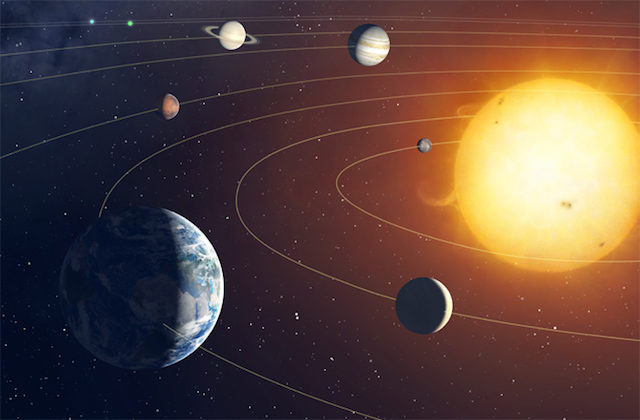
The universe is thought to be about 13.8 billion years old. The Milky Way galaxy is a sprightly 13.51 billion years old. And then our solar system is positively newborn at 4.57 billion years. So with everything happening billions of years in the past, it’s surprising to learn that the formation of our solar system was relatively fast, at least on the cosmic clock.
It looks like the solar system as we know it was shipped up on a rushed schedule, taking about 200,000 years to form. Isotopes of molybdenum analyzed in meteorites suggest this was the speed at which everything came to be. By way of a metaphor, the researchers compared this to a human lifespan suggesting that the formation of the solar system was like a human pregnancy that lasted about 12 hours instead of nine months.
Previous models have suggested that a more reasonable time span for forming a star and the surrounding solar system was in the neighborhood of 1 million to 2 million years. And it’s also possible that this is how things worked in other solar systems.
6. Planets May Have Clumped

For a long time it was widely believed the formation of the planets was a chaotic affair. Huge piles of rubble colliding in space, mashing together like cosmic dough balls to bake a whole planet into a primordial sphere.
Now some scientists have a different view of how worlds came to be. The process may have been less violent and a lot more zen. Since the solar system was swirling with billions of tons of matter, research suggests that the planets may have formed gently. This material could have clumped together in a very nonviolent way, growing larger and larger until it created fully formed planets.
5. Jupiter May Have Been the First Planet
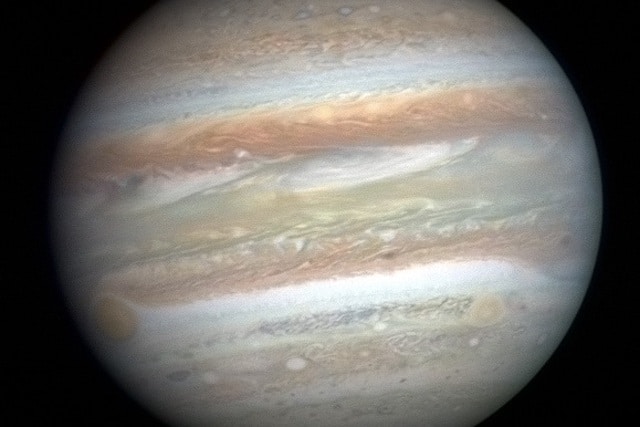
Putting together an accurate timeline of how the solar system was formed has not been easy. Researchers have come to believe, however, that when it comes to planets Jupiter was likely the first to come together.
Rocks, metals and various isotopes that date back to the beginning of it all suggest Jupiter was probably the first planet to form, within the first million years of the solar system’s existence. The massive size of the planet may also explain why everything else is so small. It essentially got in the way of the inner planets growing to a larger size.
In other solar systems, planets close to their star are typically larger. But the massive size of Jupiter in our solar system likely shielded the inner planets from meteors and other debris, keeping them on the small size. In a roundabout way, Jupiter may have allowed Earth to grow to the perfect size of sustaining life.
4. It May Have Been Home to Super Earths
In addition to Jupiter’s potential big brother role in protecting the little planets in the inner solar system, it’s possible the planet acted like a cosmic bouncer as well. Some research has suggested the early solar system did include larger planets near the sun at one time.
These so-called “Super Earths“ were larger than any of the inner planets that exist today. However, thanks to Jupiter’s massive size and the fact it migrated from further in the solar system to close to the sun as it grew, it may have played havoc with super earths.
The planets may have been forced back on a collision course with the sun, destroying them and scattering their parts to form newer, smaller planets in the process.
3. It May Be Home to a Primordial Black Hole
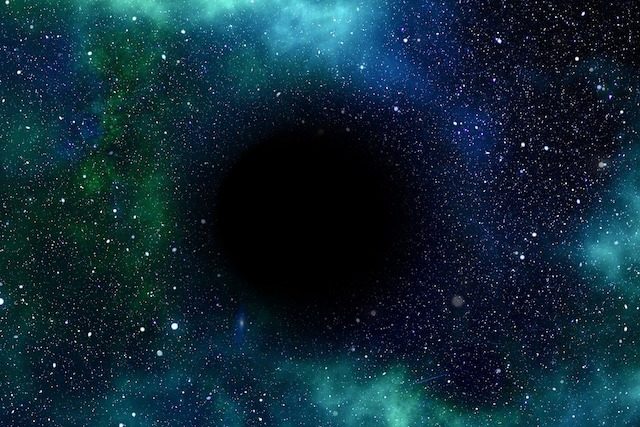
There is a theory that somewhere in the distant darkness of our solar system there is another planet we have never seen. It’s easy to underestimate the size of the solar system and not understand how this is possible. On some level, it’s like imagining trying to find a specific baseball lost somewhere in Texas. It’s there, why can’t you see it?
The idea of this mysterious 9th planet came about to explain certain gravitational effects observed in the solar system. Other planets and moons react in a way that suggests there is a source of gravity, a significant source, somewhere out there. But there’s also a competing theory.
Some have suggested the reason we haven’t found Planet 9 is because there isn’t one. And the reason we can’t see the source of the gravitational effects is because it can’t be seen. It’s a primordial black hole.
Unlike what most people think of when they hear black hole, a massive anomaly in space caused by a collapsed star, a primordial black hole is different. Thought to be a remnant from the Big Bang, this would likely be no bigger than a bowling ball. It drifted into our solar system as it was being born and became locked in place among the other gravitational forces. It’s just a theory, of course, but it could certainly explain some things.
2. It Trapped Alien Objects
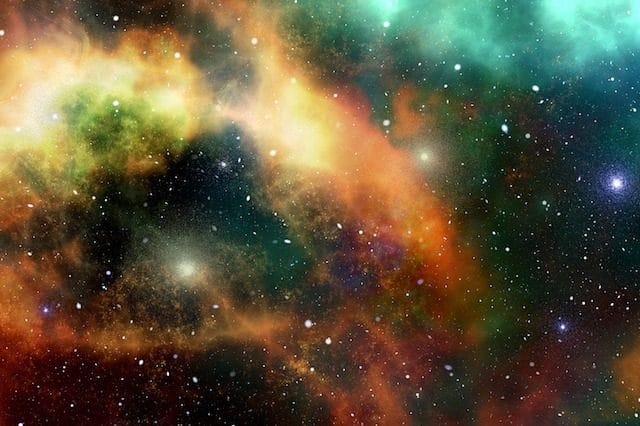
Aside from the sun, the planets, and the moon, there’s a lot of space in our solar system with not much in it. And not much is a relative term. It’s not empty, it’s just hard to see what’s there. It appears that some stuff out there is alien in nature, trapped when our solar system first began to form.
As exciting as the term “alien” is, in this case it just means not of our solar system. Researchers believe we may have upwards of 19 alien objects of considerable size in our solar system. These objects, comets or asteroids, were exploded out of other solar systems and then got trapped in our own. They orbit the sun as everything here does, but in irregular and very hard to track paths that date back to the formation of the solar system itself.
The objects orbit the sun on a polar orbit, perpendicular to the plane of the solar system and how everything else is oriented. This bolsters the theory that they came in from elsewhere and just got stuck. It’s hard to track how and when these things showed up, rewinding the clock 4.5 billion years is no easy task. Modelling suggests that these objects dip above and below the disc of planet-forming material that made everything else in our solar system, however, and that strongly suggests they are outsiders.
1. It’s Protected by the Heliosphere
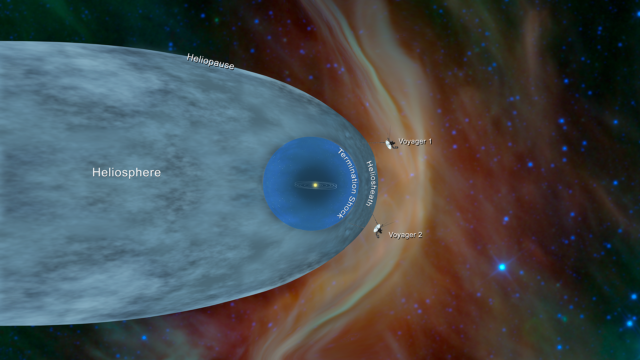
Space is a big, dangerous place. Most of us have no idea how big and how dangerous because literally no one in the world has any idea just how big. We can speculate, but that’s all. But we do know there are many dangers beyond our world and our solar system like asteroids, black holes, and charged particles.
Those charged particles could be extremely dangerous for all matters in our solar system if they were bombarding us. These forces born from distant stars being created and destroyed have the potential to do a lot of damage. This is the radiation that births galaxies, after all. If you were exposed to some, there’s a good chance your DNA would get a little scrambled as a result. If you were exposed to a lot, you likely wouldn’t survive. Neither would anything else.
Luckily, our solar system created something called the heliosphere. This is a protective magnetic bubble around the whole of our solar system created by the sun and its solar winds which push back on charged particles. At a certain point in space, the force of the solar winds and the force of the charged particles balance out. Neither is able to push against the other with more force. That creates the edge of our bubble, and it’s what protects our solar system from a constant bombardment of galactic radiation.